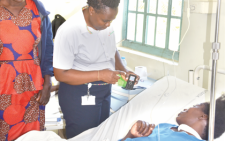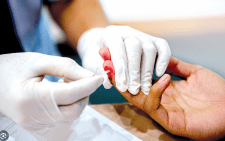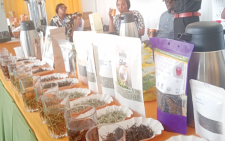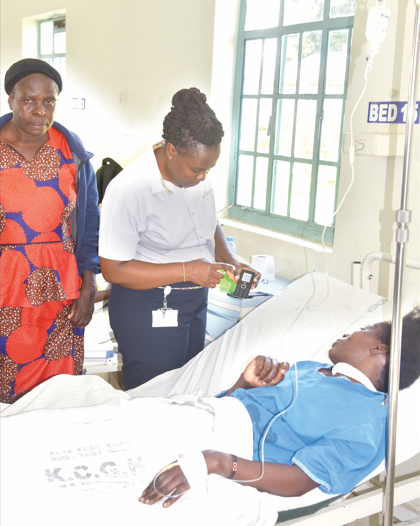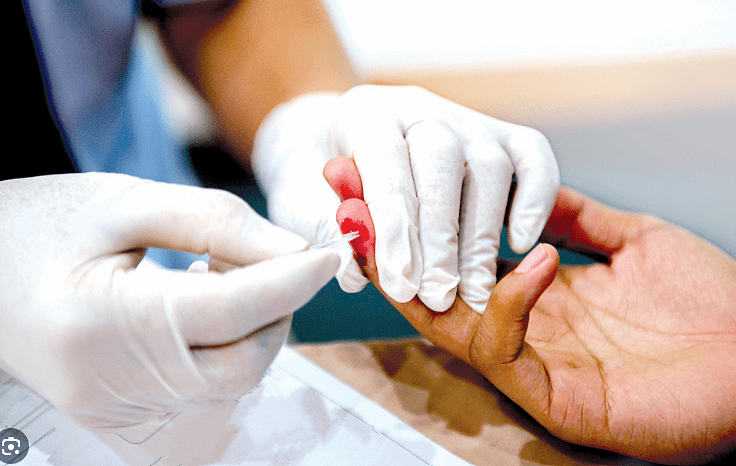There has been an increase in the number of deaths caused by non-communicable diseases that rose to 150,000 in 2019 up from 86,000 in 2010.
Data show that leading non-communicable diseases contributors to all-cause deaths in Kenya are cardiovascular disease and cancer, which in 2020 contributed 12.3 and 9 per cent respectively.
Globally, World Health Organisation (WHO) estimates that over 14 million people between the ages of 30 and 70 die every year from these diseases with a staggering 85 per cent of the deaths occurring in low and medium income countries, where a majority of the world’s population live.
In 2022, WHO reported that Kenya and countries in the sub-Saharan Africa region are undergoing an epidemiologic transition from infectious diseases to non-communicable diseases.
The UN health body also raised concern that although diabetes caused a lower proportion of deaths (6.5%), its prevalence is fast growing in sub-Saharan Africa.
Reproductive cancers
The 2024 State of Kenya Population report states that the most common types of female reproductive cancers in Kenya are breast cancer, cervical cancer, ovarian cancer, uterine cancer (Uterus Corpus), vulva cancer, and vaginal cancer.
Breast and cervical cancers, the report revealed constitute almost 68 per cent of all the female reproductive cancers while in males the leading reproductive cancers are prostate cancer, penile cancer, and testicular cancer.
Prostate cancer alone constitutes almost 80 per cent of all the male reproductive cancers in Kenya.
Women are the worst hit by reproductive cancers where 11000 cases were reported in 2020 compared to 6000 cases of men suffering from similar cancer related illnesses.
For both genders, reproductive cancers have steadily increased over in the period between 2010 and 2020.
The report published by National Council for Population and Development (NCPD) stated that in Kenya, cervical cancer is the leading cause of cancer-related deaths among women, resulting in approximately 3,400 deaths annually as of 2020.
“According to WHO´s recommendations, a two-dose schedule for HPV vaccination was introduced in Kenya in 2019, targeting 10-year-old girls through facility-based delivery uptake. At the time of the HPV vaccination launch, social mobilisation, and community education efforts were conducted to raise awareness and ignite vaccine uptake,” NCPD reported.
Adolescent girls
NCPD data showed that 33 per cent of eligible adolescent girls and young women received the first doses in 2020. A year later the number increased to 77 per cent but dipped to only 31 per cent of targeted females who had received two doses of the HPV vaccine in 2021.
“HPV vaccination accessibility and coverage has been adversely impacted by delivery processes and vaccine hesitancy among healthcare providers and at the community level,” NCPD report stated.
It added: “Covid-19 pandemic increased vaccine hesitancy at the community level, the lack of confidence among HCPs sparked their reluctance to promote HPV vaccination, and the lack of community engagement and education after the initial launch of the programme resulted in knowledge gaps that fueled HPV vaccination refusals.”
Earlier this year, WHO indicated that Kenya was among the countries expected to stop the second dose of the cervical cancer prevention HPV vaccine.
The move arose from studies that should a single dose of the vaccine is enough even as it emerged that instead of countries struggling to vaccinate girls twice, they should strive to reach more unvaccinated girls.
Additionally, NCPD said that screening for other female reproductive cancers has been conducted at a low pace due to inaccessibility of the screening centres.
The population agency noted that accessibility and uptake of screening has been low (approximately 26%) and only a quarter of the health facilities offered screening in 2020, despite Kenya implementing a national screening programme for more than a decade.
However, in Kenya cancer prevention, management and control services were highest for cervical cancer at 85 per cent, and lowest for breast cancer care at six per cent.
“Only 2 per cent of facilities were conducting definitive tests for breast cancer, specifically fine needle aspiration and core needle biopsy. Only 1 per cent of facilities had histopathology services,” NCPD added.
According to NCPD low survival rates for cancer patients are largely attributable to late-stage presentation resulting to late diagnosis of the disease.
“Efforts to promote accessibility and early detection through improved cancer awareness and clinical examination by skilled health providers followed by timely and appropriate treatment, are essential components to improving survival,” the Council said.
The Council warned that multiple challenges among them the high cost of cancer diagnosis and treatment are delaying progress in cancer prevention and control in the country.
“Among the non-communicable diseases, cancer screening has not been very successful in Kenya, despite sustained policy and health system strengthening interventions. Resources must be available for infrastructure, commodities, and recruitment and training of medical professionals,” NCPD emphasized.
Limited funding for cancer prevention and control, general inadequacy in public awareness and knowledge on cancer management and limited-service availability and poorly coordinated cancer management and referral are among the challenges hampering the fight against the disease.



